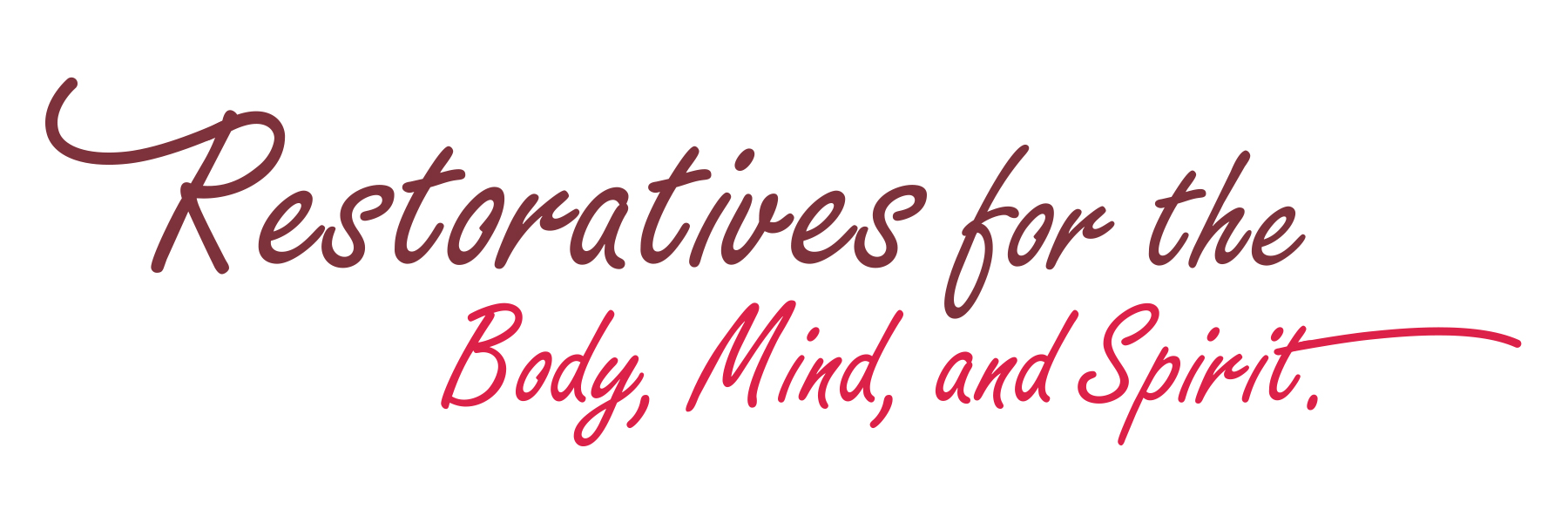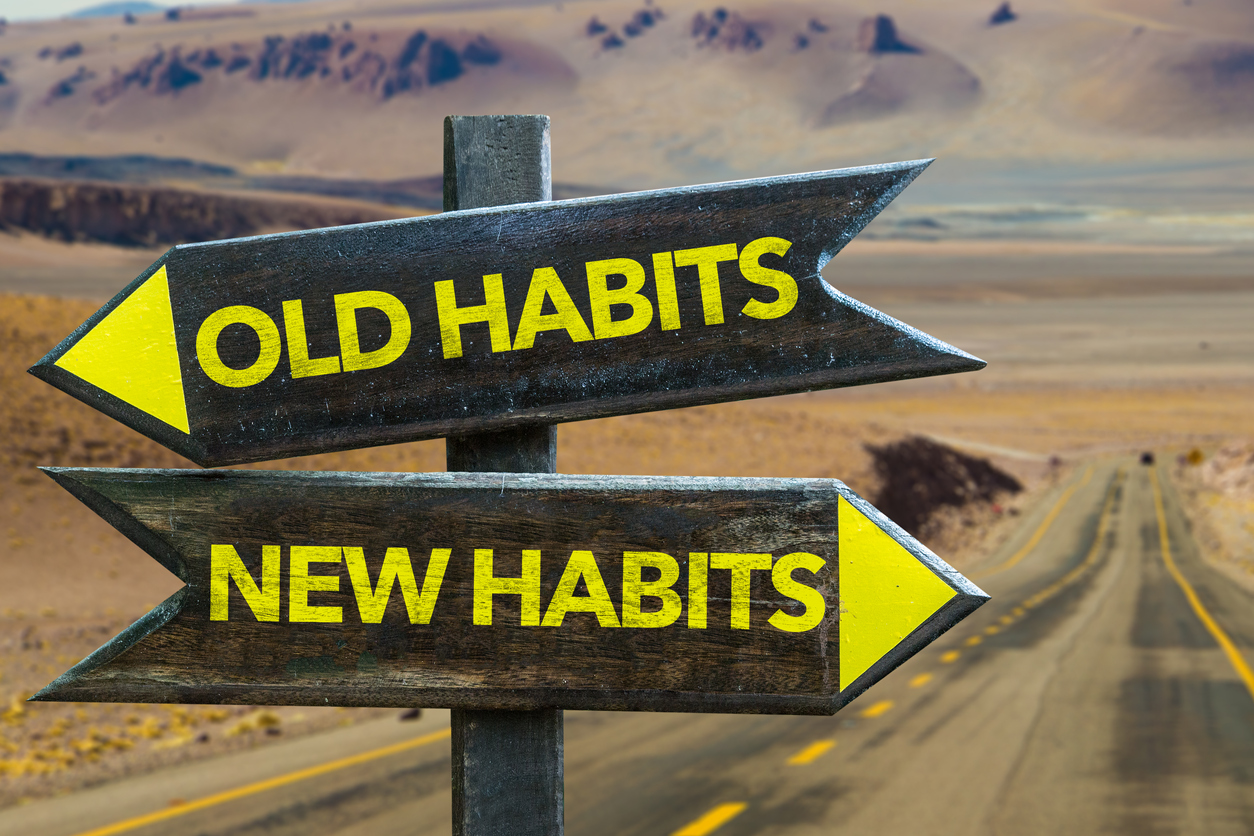“We are creatures of habit, and leveraging our habitual tendencies is one of the best ways to develop discipline.” -Ernest Cadorin, The Arrows of Zen
Establishing a new habit or shifting a current habit is a great place to start when making changes to better our lives, but it is so much harder that is seems it should be. Why is it such a challenge? The reason is embedded in the definition itself.
A habit is defined as a “routine behaviors done on a regular basis. They are recurrent and often unconscious patterns of behavior acquired through frequent repetition”.
Our habits started off as learning something new, like driving a car. Eventually, we do it with so often that it happens on autopilot. This capacity allows the brain to focus on something else, which is mostly a good thing. The problem is that is that when have developed a habit that we no longer want, like smoking or eating sweets in the afternoon or getting angry too quickly, then it takes a lot of conscious effort to change it. We have to really pay attention.
A great deal of each day passes according to our habits. Checking our phone for messages, brushing our teeth, getting dressed, putting a spoonful of sugar in the coffee, the route to work, ordering fries with the burger, browsing the news when we should be doing research online, the path through the supermarket, hanging our jacket when we get home, pouring a glass of wine while preparing dinner, and much much more.
Any of these surprise you? Pouring a glass of wine is a habit? Yep, you bet it is. After much repetition, it’s become part of your routine; it’s done without even thinking. When it comes to new habits, you are developing new neuropathways in your brain. Fortunately, you can use what it already there to assist in the shift.
In his book, The Power of Habit, Charles Duhigg describes a Habit Loop. Once a habit has been identified, it can be broken down into a cue, a routine, and a reward.
CUE–>Routine–>Reward
For example, if you have a routine of getting a brownie for an afternoon pick-me up; then the cue is that it’s time for a break from work; the routine is going to the snack bar to buy and eat the brownie; and the reward is the dopamine hit from the sugar in the brownie. In order to successful change the habit, you must interfere with this loop starting with the cue. What if at the indicated break time you took a walk instead and get the reward of some fresh air? You will also need to assess if you are actually hungry at this time and be prepared with a healthy snack like an apple or some nuts to have at your desk upon return from the walk.
What are your habit loops and how will you disrupt them? Here are a few examples: Put your gym bag at the front door so you remember to take it with you for the day; Substitute herbal tea or sparkling water for a glass of wine on weeknights; Instead of watching tv or Netflix after dinner, read a book or take a bath in improve sleep routine; Instead of buying coffee, prepare it at home and add the money to a jar each morning.
Interestingly, a habit is also defined as “a distinctive set of clothing often worn by a religious order”. While it has historically been used in literal context, it can be used figuratively as well. In many of his books including Breaking the Habit of Being Yourself and Evolve Your Mind: The Science of Changing Your Mind, Dr. Joe Dispenza explains how simple things in our daily lives subtlety evolve into major parts of our lives, even a personality can have developed as a habit. Certain behaviors and emotions move into a general mode of operation that happen unconsciously. Fortunately, we are able to change this and in the book he describes how to become the new person you desire to be. Including visualizations and meditations, essentially, you dress or habit yourself as the new person you are becoming and that itself sets into motion the process of change.
As we endeavor to change established routines and habits, we must become conscious. That means paying attention to trigger and to the habit loops that have become entrenched in our daily lives. Change the routine or the reward in the habit loop and you will change the cycle. Studies show that habits take a minimum of twenty-one days to integrate and feel more or less routine. To move into automatic mode, it will require upwards of sixty-six to over two hundred days. What are you shifting this year? Wake up every day and remind yourself, dress yourself it that new habit.
“If you do not pour water on your plant, what will happen? It will slowly wither and die. Our habits will also slowly wither and die away if we do not give them an opportunity to manifest. You need not fight to stop a habit. Just don’t give it an opportunity to repeat itself. (67)”
-Sri S. Satchidananda, The Yoga Sutras







